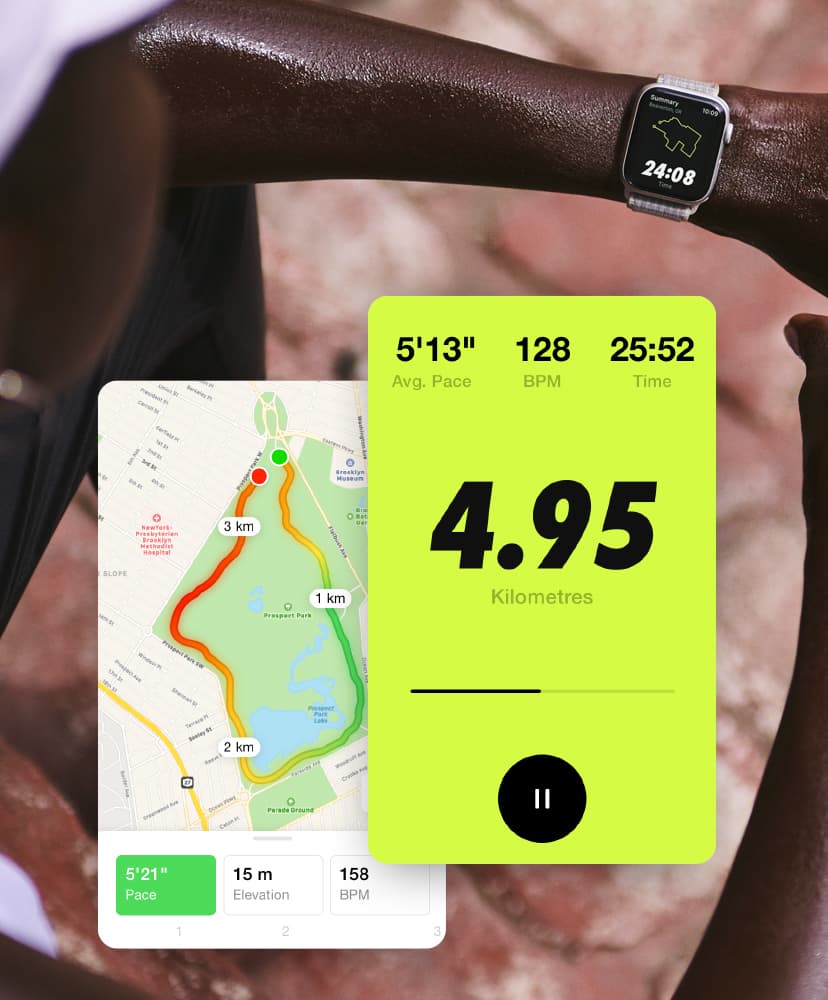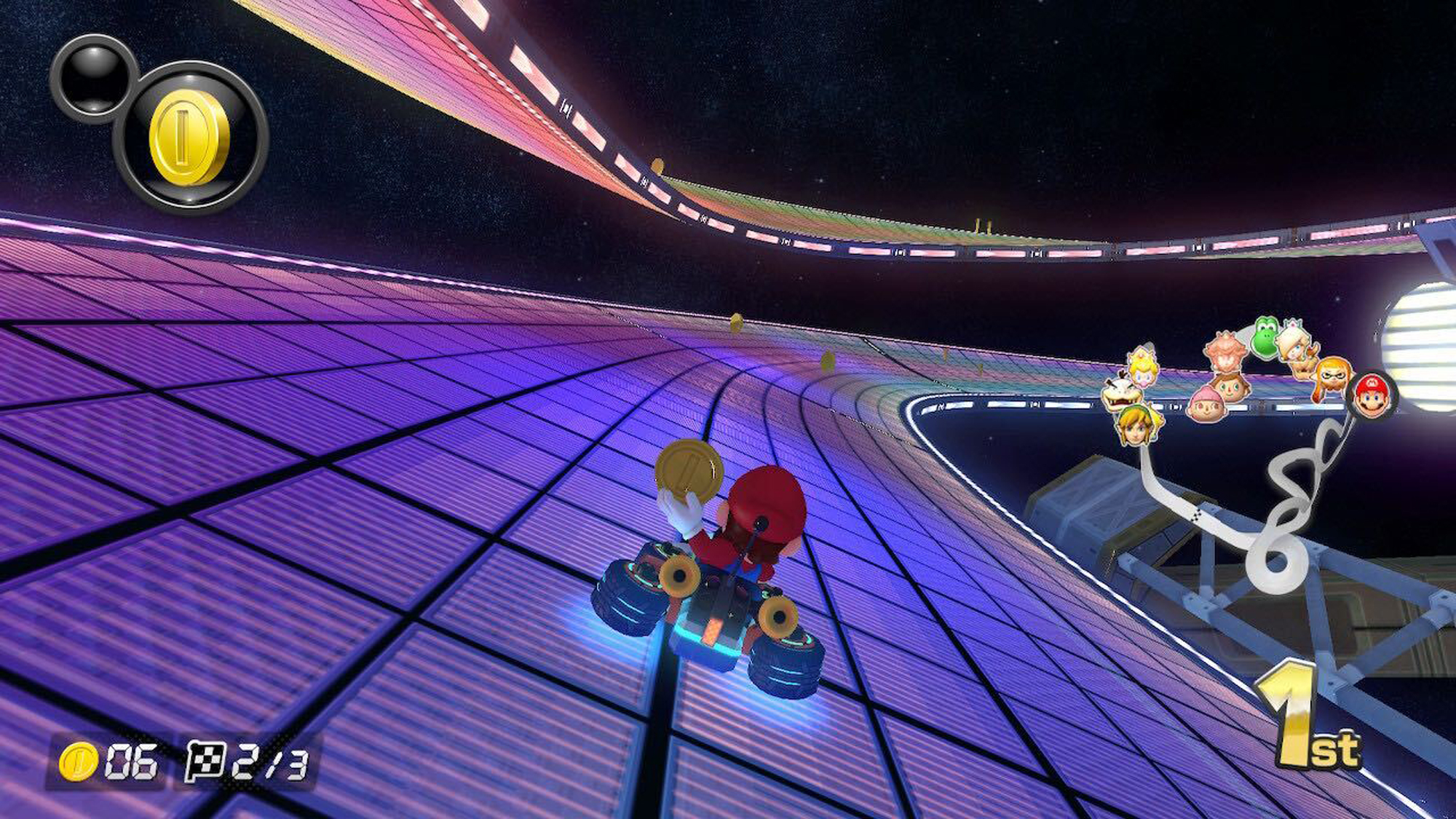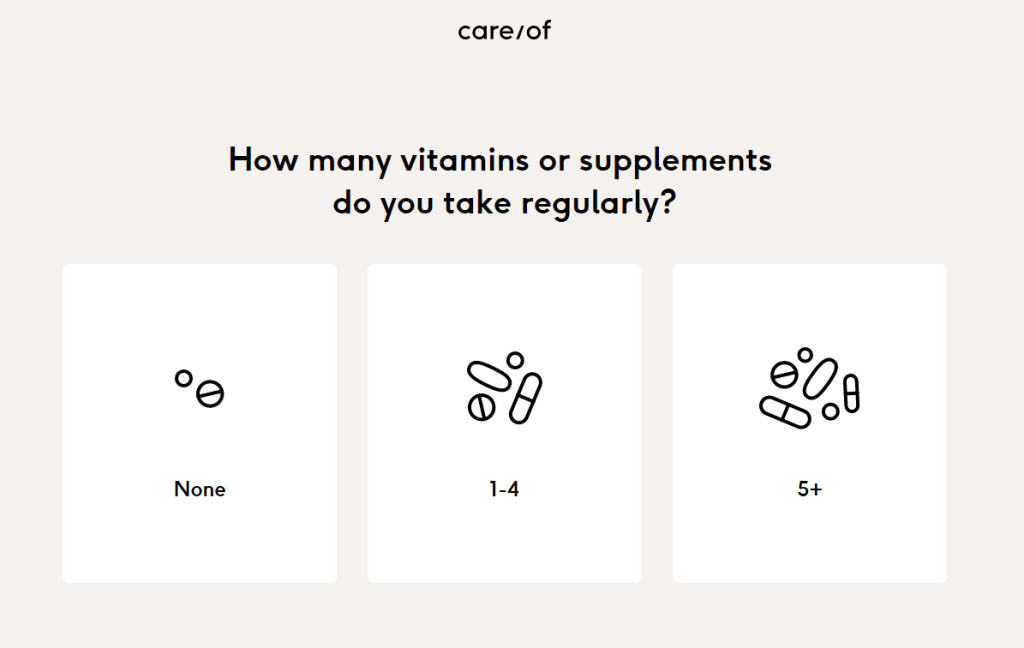Breaking Down the ‘Gamer’ Stereotype
Debunking the Psychology of Retail Gamification

Breaking Down the ‘Gamer’ Stereotype
10 min read
Brand strategy
Words by Nicole Li
Image by Marton Perlaki
The stereotype of a ‘gamer’ calls to mind the image of a gangly teenage boy in a darkened room, armed with bulky headphones and a glowing keyboard, eyes glued to his computer screen.
Contrary to this common stereotype, the typical persona of a ‘gamer’ has evolved; the average gamer is now 35 years old, and 47% of gamers are women. In 2021, there is no clear separation between ‘gamers’ and ‘non-gamers’ — or rather, there is merely no blatant distinction of what is or isn’t a game. In addition to more conventionally known games such as Call of Duty or Candy Crush, who’s to say that levelling up on learning a language in Duolingo or unlocking achievements on the Nike Run Club app aren’t games as well? Given society’s rapid digitalization and the widespread penetration of the gaming industry, it’s unsurprising to find that principles of gaming have crept into the world of retail and consumer lifestyle through what’s come to be known as ‘gamification’. Gamification, the process of utilising game mechanics and thinking to drive engagement and action, is increasingly used to help brands meet the evolving demands of their consumers. As gaming moves more towards the mainstream, there becomes a real opportunity for brands to tap into the psychology of gaming and explore the game-changing impacts of human motivation, desire, and achievement.
Gamification in retail is rooted in the fundamental assumption that human beings are innately wired to want to become the best at what they do, and consequently look to be rewarded for their expertise and dedication. There are six core elements of effective gamification: desire, mastery, incentive, feedback, challenge, and reward — all of which play a crucial role in guiding the customer experience along the tried and tested pathway of engaging gameplay. Desire is driven to action through incentive, and mastery is reinforced through interspersed feedback, all the while creating a sense of challenge and a motivation towards an eventual reward. Most retail brands focus on desire and reward by pouring their marketing budgets into stimulating desire and promising reward, but tend to neglect other areas of consumer psychology that aren’t typically included in the standard customer journey model. The notion of challenge is particularly paradoxical — why pose a challenge to the very consumer you are looking to capture and entice? The answer goes back to understanding the nonlinearity of consumer thinking, and realising that tactfully-designed challenges can stimulate greater engagement if sufficiently balanced with feedback and reward.
The old model of desire and reward comes to a bottleneck at the ‘abandoned cart’ problem that many e-commerce brands face. The average cart abandonment rate across all industries is just under 70%, meaning that roughly 7 in every 10 consumers won’t complete their transaction. An alarmingly high cart abandonment rate comes to show that consumer desire, while necessary, is not sufficient; although abandoned cart follow-up eDMs and retargeted ads do attempt to address this problem, brands can do more to ensure that the shopping cart is not abandoned in the first place. Part of this cart abandonment rate can be attributed to what’s known as the ‘paradox of choice’, in which adding more options actually decreases the likelihood of a customer making a decision. New York-based beauty startup Function of Beauty is addressing this detriment of consumers’ decision fatigue begins by stimulating incentive and challenge through retail gamification. Function of Beauty’s “hair quiz” asks consumers to fill in a short, interactive questionnaire that leads you to a personalized product that’s automatically added to your cart. The beauty brand’s ‘hair quiz’ has seen immense success, and has been taken 1.5 million times, raised $12.2 million from venture capitalists, and even replicated as a ‘skin quiz’ for the launch of their new skincare line.
Function of Beauty’s ‘hair quiz’ is a prime success story of retail gamification. After triggering consumer desire from their ads or social media feed, their ‘hair quiz’ offers mastery of knowledge about your own hair, incentive of building a custom formula, feedback through aesthetically pleasing button highlights and smooth advancement to the next page, the challenge of defining your ‘hair goals’, and the final reward of a personalized shampoo and conditioner set. Gamification disrupts the typical consumer journey of ‘desire-then-reward’, and uses challenge and feedback to heighten engagement and increase the chances that consumers will actually follow through with purchasing their ‘reward’. Many other brands, such as Care/of’s personalised supplement quiz or Warby Parker’s ‘frames quiz’, also use gamification to stimulate incentive-driven purchases. In Care/of’s case, the tone of voice and UI/UX of the quiz itself goes further to provide consistent feedback that responds directly to the challenge and mastery of completing the quiz; simply typing in your name triggers a “nice to meet you, [your name]” response, and the progress bar at the bottom of the screen lengthens every time you complete a question, immediately triggering an addictive dopamine loop that creates a desire to continue onwards. That being said, these gamified quizzes also provide a certain level of functionality, and are by no means a mere gimmick or emotional tool to fool consumers into making a purchase.
Global m-commerce penetration is the highest in the Asia Pacific region, meaning that many Asian brands may already be ahead of the ‘game’ in optimizing their mobile user experience for mobile-savvy regional consumers.
When it comes to UI/UX, many often immediately think of web design and desktop layouts — yet increasing use of smartphones have seen a rise in m-commerce (shopping through a mobile device) that demands brands to pay greater attention to how to streamline the mobile consumer experience. Revenue from m-commerce sales in 2021 has multiplied by more than 3.5 times since 2016, and nearly 3 in every four dollars spent on online purchases today is done so through a mobile device. Global m-commerce penetration is the highest in the Asia Pacific region, meaning that many Asian brands are already ahead of the ‘game’ in optimizing their mobile user experience for mobile-savvy regional consumers. The exponential growth in mobile commerce is not doubt attributable to the increase in mobile payment options (e.g. Apple pay) and the new dawn of social commerce (e.g. Instagram Shopping), yet despite this immense growth 90% of shoppers still say that their experiences with mobile commerce could be better. The rise of mobile is more than a difference of platform — it speaks to a consumer preference towards convenience and interaction; retail today is not so much about how it looks, but more about what the user can do and how consumers can interact with the brand. Brands can no longer think about mobile the way they think about e-commerce and web design, and must look to new ways to increase consumer interaction and engagement through multiple channels.
The key to gamification isn’t about throwing around a buzzword or simulating the experience of an actual game, but rather understanding the psychology behind gaming and using those principles and models to inform content creation. Gamification is much more of a formula than a medium; it’s the art of understanding and triggering consumers’ innate gameplay-mindset. The gaming industry’s widespread penetration of our modern culture has proven one of many things: that utilising game mechanics and thinking works — not just for the typical ‘gamer’ — but for consumers across all ages, genders, and regions, so long as it’s done the right way.
Next
A Higher Standard of Brand Purpose
March, 2021.








